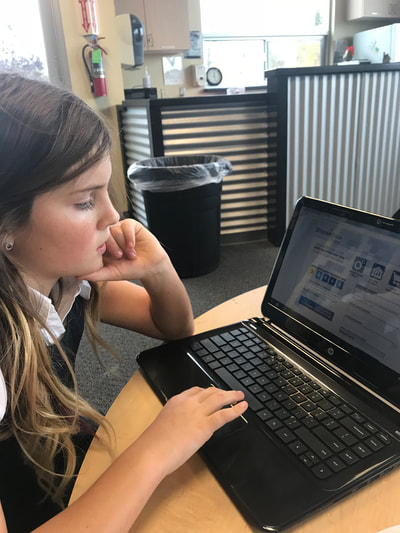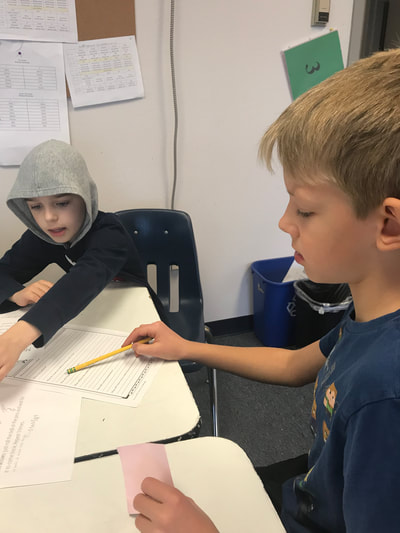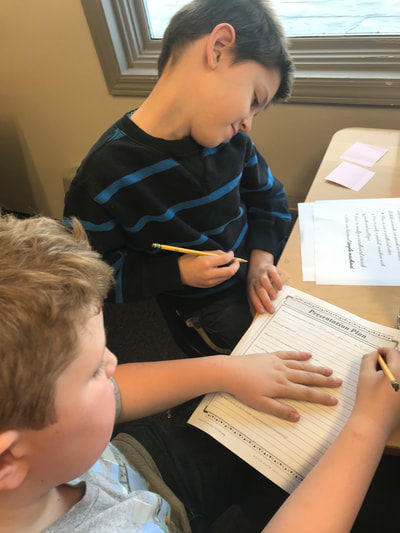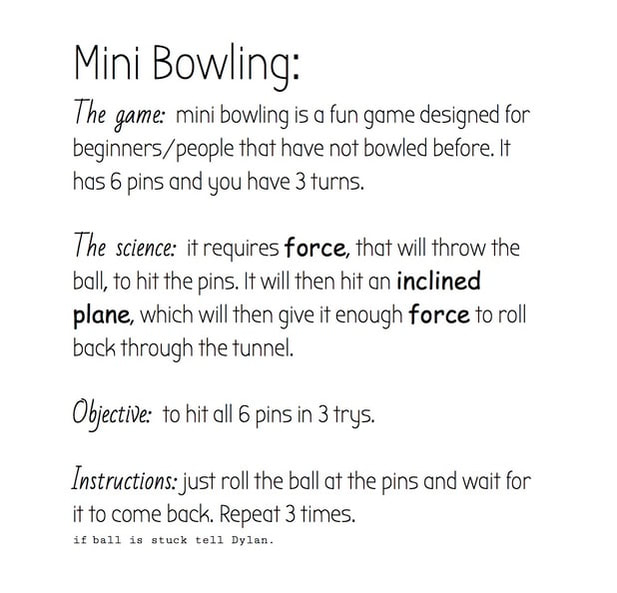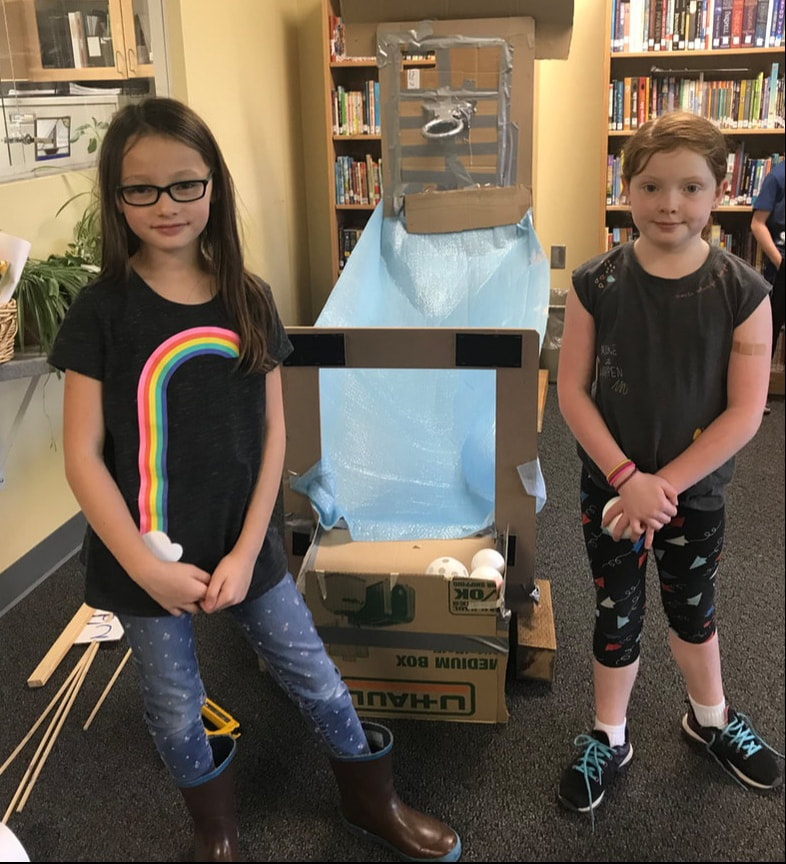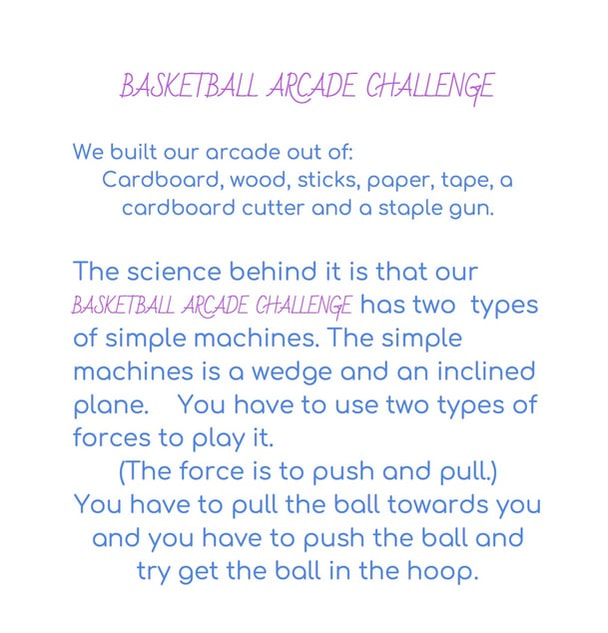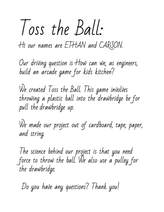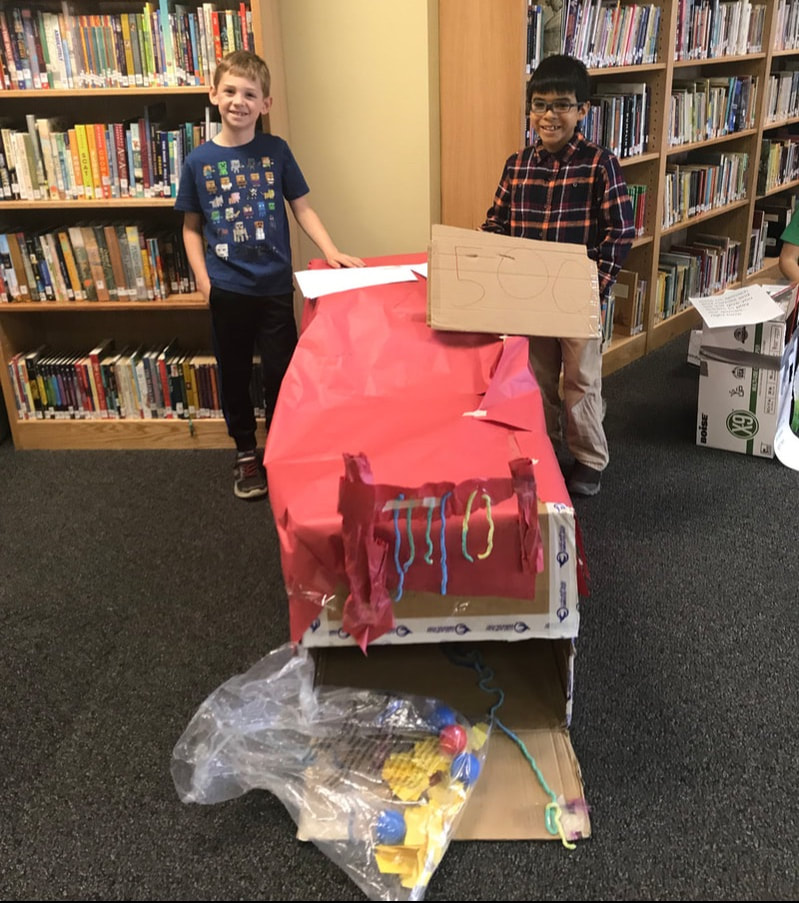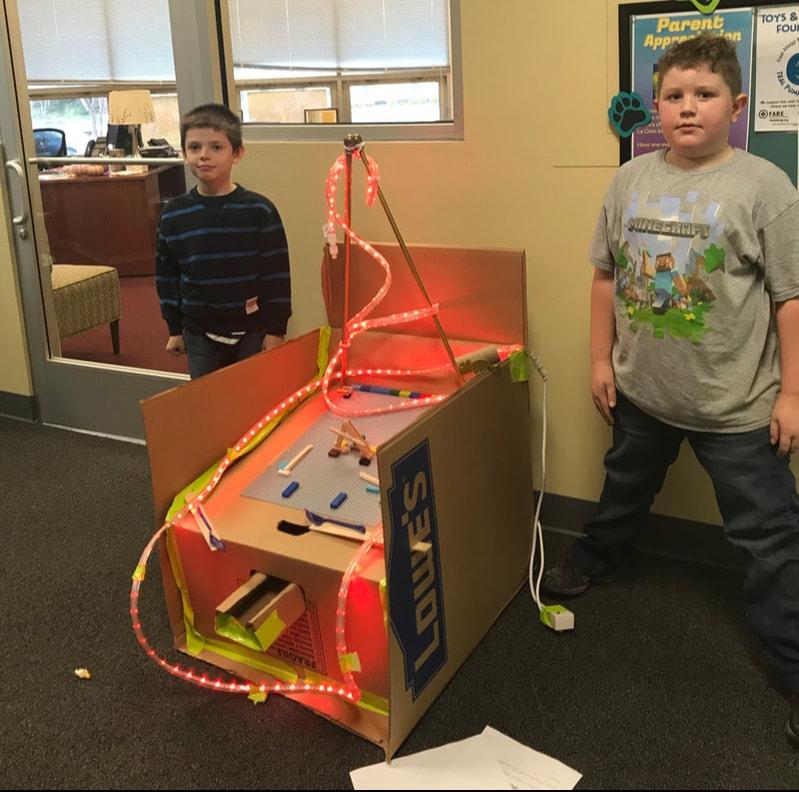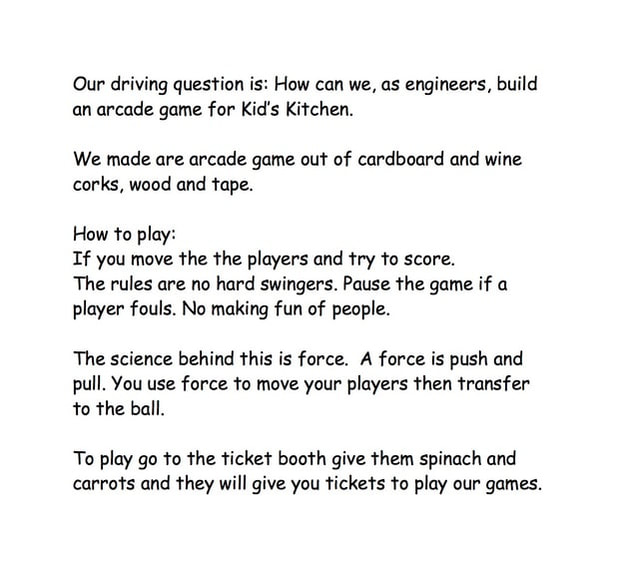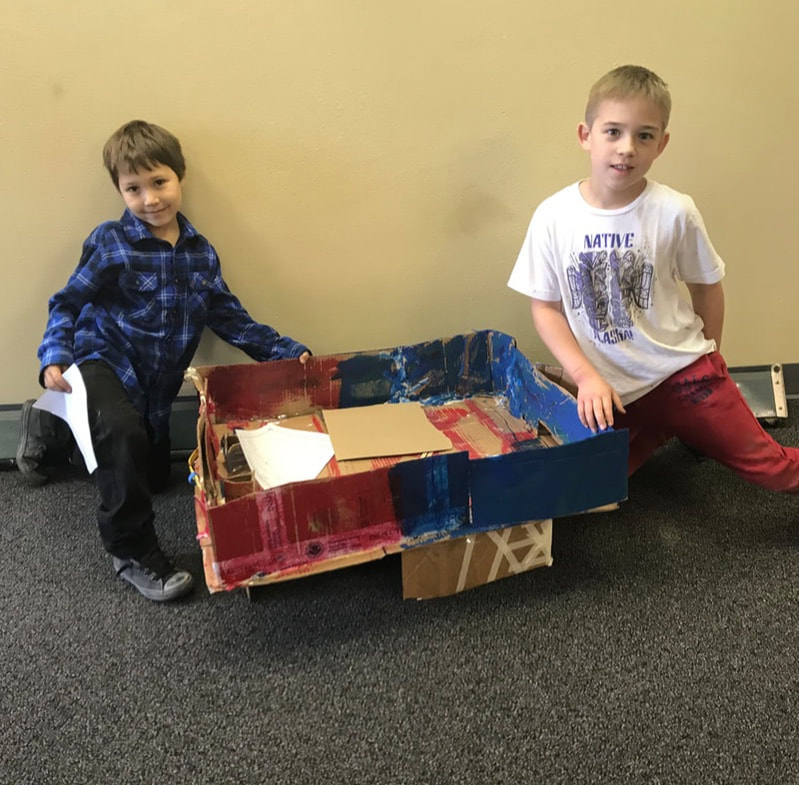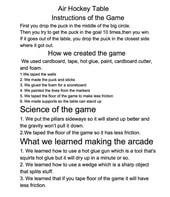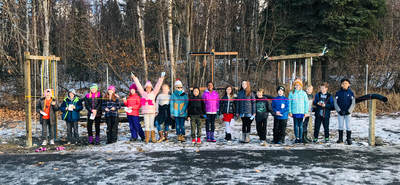“Of course, not all so-called “projects” have a public product. Students might just present their work to each other and the teacher, in which case they’re NOT up to the Gold Standard.”
- John Larmer, BIE Editor in Chief
Public Product is one of the essential project design elements for a “gold standard” Project Based Learning, necessary for a successful project that maximizes student learning and engagement. Third, fourth and fifth grade students presented their final products to the public recently. Their presentation did not only showcase the content they learned but the skills they acquired throughout the unit.
Michael Niehoff, BIE National Faculty, explains why presentation and presentations skills are at the heart of PBL and 21st century learning:
1. Pedagogy – Presentations allow us to demonstrate that we have learned content, but also that we have applied that content to something relevant, personal and sustained.
2. Skills – Communication has always been foundational in terms of academic and professional success.
3. Standards – Presentation knowledge and skills are now part of new state standards.
4. Assessment – We now have performance assessments to measure student progress toward learning outcomes. Presentations are performance assessments. When students can articulate what they learned, why it’s significant and how it’s applied, they are truly demonstrating critical thinking and depth of knowledge.
1. Pedagogy – Presentations allow us to demonstrate that we have learned content, but also that we have applied that content to something relevant, personal and sustained.
2. Skills – Communication has always been foundational in terms of academic and professional success.
3. Standards – Presentation knowledge and skills are now part of new state standards.
4. Assessment – We now have performance assessments to measure student progress toward learning outcomes. Presentations are performance assessments. When students can articulate what they learned, why it’s significant and how it’s applied, they are truly demonstrating critical thinking and depth of knowledge.
Third, fourth and fifth graders were taught how to plan their presentation. Clear expectations were set as to what they need to include in their presentation, and how their presentation skills are going to be assessed. They were given time to work together to organize their thoughts and write their presentation. They also had a mock presentation for peer feedback, revision, and reflection.
Then, the big day came. Students were more confident than the beginning of the school year. They were able to answer questions from the audience that tells you they’re speaking from their heart because they know what they are talking about. It is THEIR project, it is THEIR voice, it is THEIR OWN LEARNING.
Third Grade’s Game Day
4th & 5th Ribbon Cutting Ceremony: Outdoor Playground
The Moosical
The Talking Tube
The Musical Tree
The Hanging Chains
At PNA, we are not about textbooks and testing. The learning that takes place is purposeful and meaningful. The learning experiences are authentic and memorable. Our students are accountable for their own learning. They can stand tall amidst the demanding world.
References:
Larger, J. 2015, December 11. Gold Standard PBL: Public Product. Buck Institute Education. Retrieved from https://www.bie.org/blog/gold_standard_pbl_public_product
Niehoff, M. 2017 September 15. The Power of Professional Presentations. Buck Institute Education. Retrieved from https://www.bie.org/blog/the_power_of_professional_presentations
Larger, J. 2015, December 11. Gold Standard PBL: Public Product. Buck Institute Education. Retrieved from https://www.bie.org/blog/gold_standard_pbl_public_product
Niehoff, M. 2017 September 15. The Power of Professional Presentations. Buck Institute Education. Retrieved from https://www.bie.org/blog/the_power_of_professional_presentations

